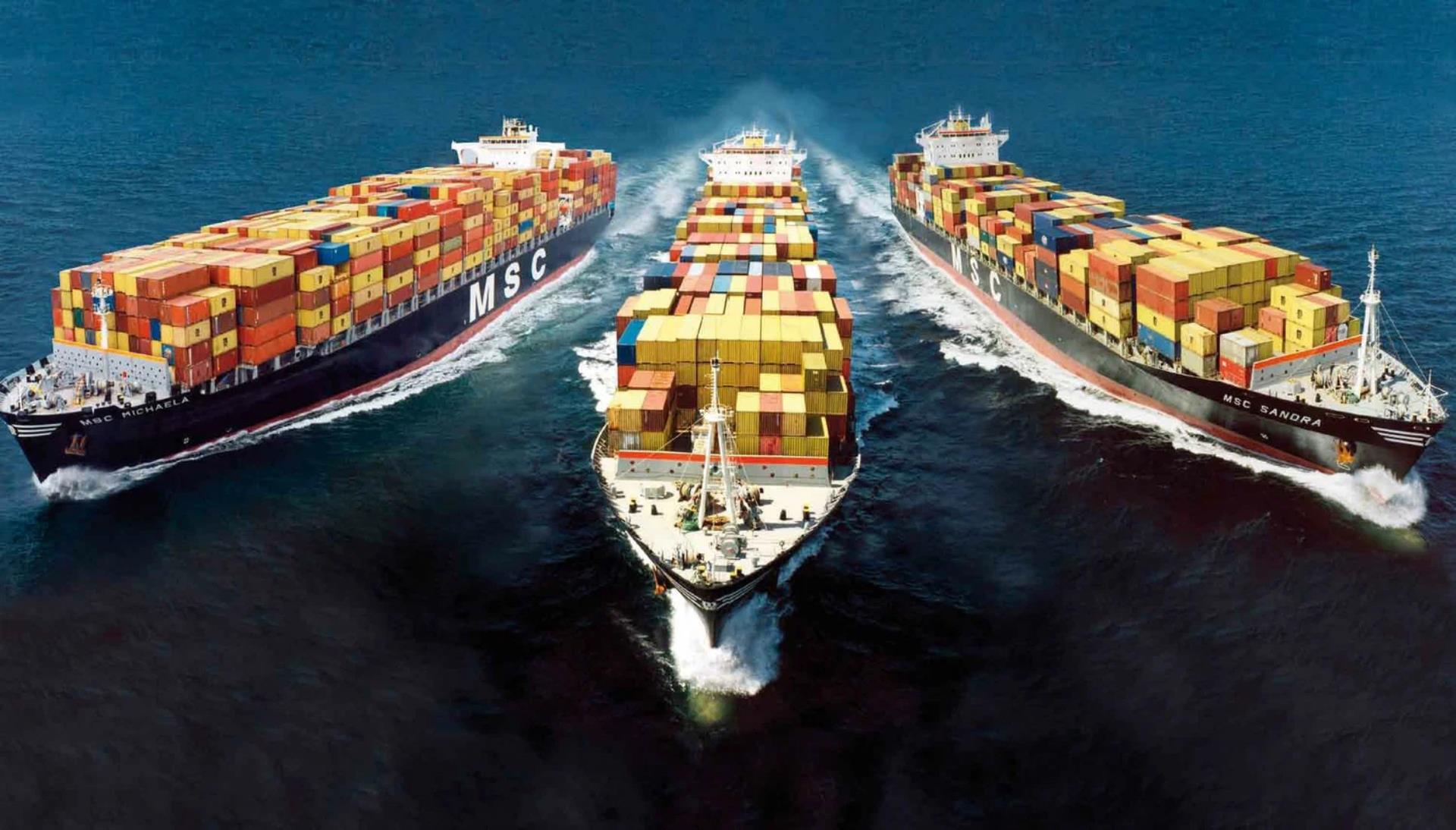Rules for Safe Shipment on the Seas

Rules for Safe Shipment on the Seas
Sea transportation is a preferred method for transporting large volumes of goods and plays a key role in global trade. However, ensuring safe shipments at sea is critical not only for the protection of transported goods but also for environmental and human safety. Therefore, there are basic rules and precautions to follow in sea transportation.
-
Compliance with International Regulations
Compliance with international regulations is essential for ensuring safety in sea transportation. In particular, standards such as the International Maritime Dangerous Goods (IMDG) Code play a determining role in transporting hazardous materials. This code outlines the rules for classifying, packaging, labeling, and transporting dangerous goods. -
Proper Packaging and Labeling
Proper packaging and labeling of shipments are fundamental safety measures in sea transportation. Transporting hazardous materials in leak-proof and durable containers plays a key role in preventing accidents. Furthermore, accurate labeling of cargo content and hazard classification helps minimize transport issues. -
Training and Certification
Personnel involved in sea transportation must undergo specialized training and certification, especially when dealing with hazardous materials. These training programs raise awareness about potential risks and enable personnel to act appropriately during emergencies. Well-trained staff are a vital factor in enhancing safety during transportation. -
Ship and Equipment Maintenance
Regular maintenance of ships and periodic checks of the equipment used are crucial for ensuring safety in sea transportation. Unmaintained ships and faulty equipment can lead to accidents. Therefore, ship owners and operators must continuously inspect the compliance of ships and equipment with international standards. -
Port and Container Security
Security checks at ports must be conducted, and cargo should be properly scanned during loading and unloading. These scans help detect and prevent illegal activities, explosives, weapons, and other security threats. Additionally, proper documentation and security screenings of containers increase the safety of transported goods. -
Emergency Plans and Risk Management
In sea transportation, having pre-established emergency plans for potential accidents is necessary. These plans allow for rapid and effective intervention during accidents. Furthermore, risk management strategies should be developed to minimize potential dangers encountered during the transportation process. -
Correct and Complete Legal Documents
The documents used in sea transportation must be complete and accurate for both legal compliance and safety purposes. In particular, the bill of lading (Bill of Lading) is an official document that details the type, quantity, and destination of the goods being transported and is crucial for smooth transportation.
Ensuring safety in sea transportation requires the integration of international regulations, proper packaging and labeling, trained personnel, regular maintenance, port and container security, emergency plans, and proper legal documentation. Adhering to these rules not only ensures the safety of transported goods but also helps minimize potential risks to the environment and human health.
- Cool-Headed Logistics in Hot Weather: Managing Operations in the Summer Months
- Can Euro 6 Vehicles Reduce the Carbon Footprint?
- The Digital Transformation of Air Freight Transportation
- Overcoming Seasonal Peaks with Flexible Storage
- Agility and Cost Advantage in Maritime Logistics
- Ro-Ro Transportation: Ensuring Vehicle and Cargo Safety
- The "Golden Route" of Transportation Between Europe and the Balkans
- The Race in the Skies: Innovative Solutions in Air Freight Logistics
- The Rise of Artificial Intelligence and Automation in Storage Systems
- Rules for Safe Shipment on the Seas
